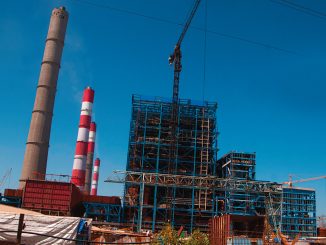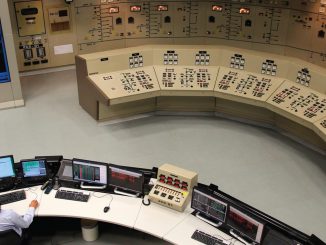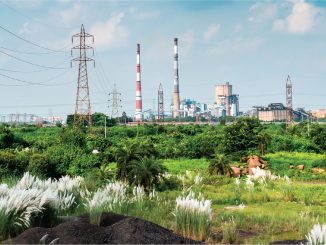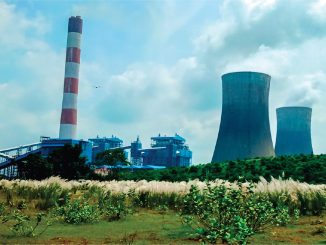
Powering Growth: BTG industry trends and outlook
The thermal power generation segment is the key driver for the growth of the Indian boiler, turbine and generator (BTG) market. Moreover, the government’s push towards renewable energy has also influenced the dynamics of the […]



















